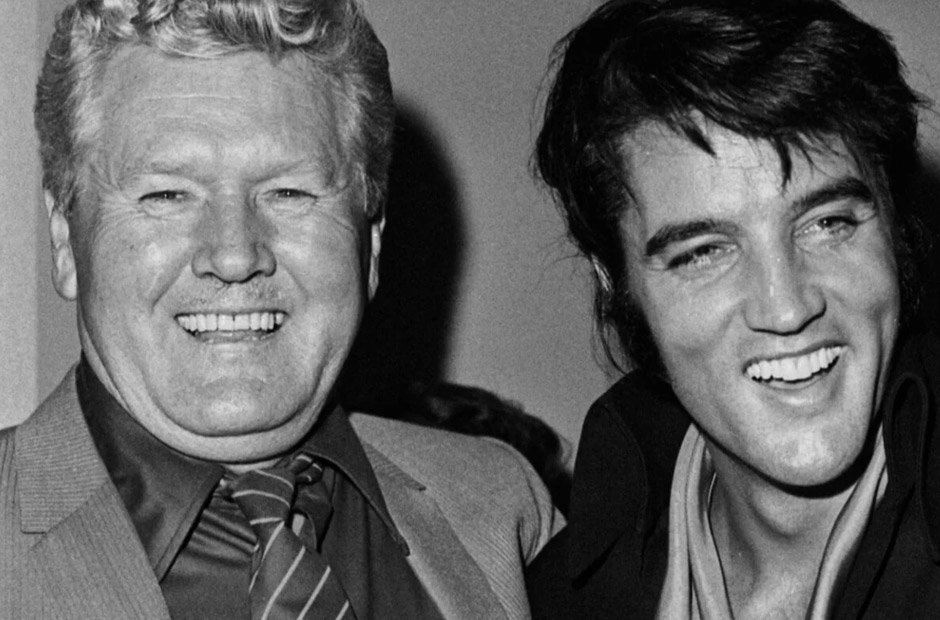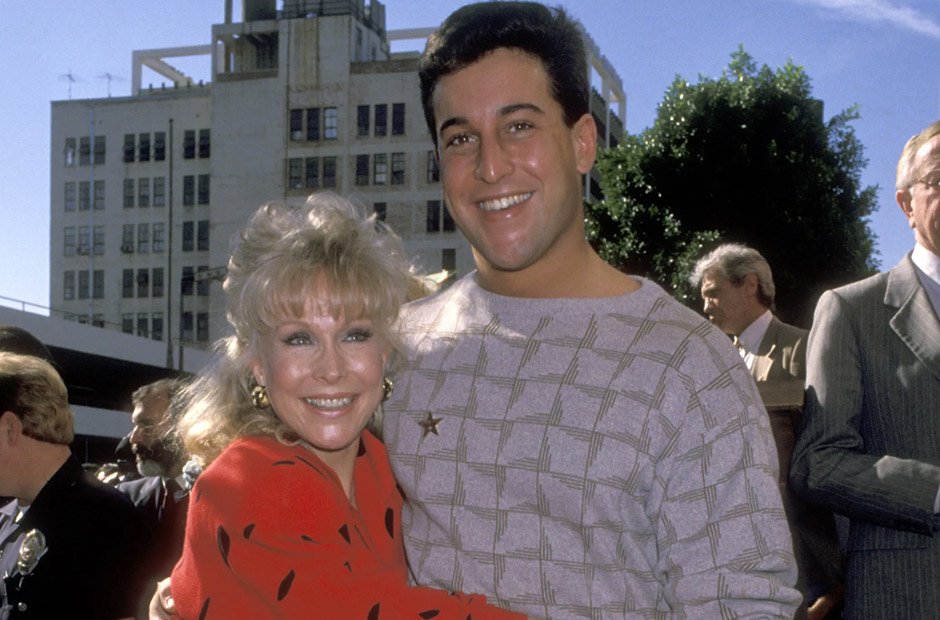The only daughter of George Washington Vanderbilt II and Edith Stuyvesant Gerry, Cornelia Stuyvesant Vanderbilt is associated with wealth, beauty, and Gilded Age grandeur. Cornelia was born into one of America’s wealthiest families and lived a life of public curiosity, family history, and mystery. Cornelia Stuyvesant Vanderbilt’s background, marriages, and global effect are examined in this article.
1. Early Life at Biltmore Estate
On August 22, 1900, at the Biltmore Estate in Asheville, North Carolina, Cornelia Stuyvesant Vanderbilt was born. Her father, George Washington Vanderbilt II, built the largest private US mansion, this estate. Cornelia was constantly in the spotlight due to her opulent upbringing.

2. The Vanderbilt Family Legacy
As the only child of the Vanderbilts, Cornelia inherited not just the wealth but also the legacy of the Vanderbilt family, who had made their fortune through railroads and shipping. The Biltmore Estate itself was a symbol of this wealth, featuring a 250-room mansion, beautiful gardens, and vast grounds that reflected the family’s position at the top of American society.

3. Education and Early Influences
Cornelia studied at UNC after attending Miss Madeira School. She was exposed to fine arts and culture in school, which shaped her love of books and the arts. Her education helped shape her independence and strong-willedness.

4. Marriage to John Francis Amherst Cecil
In 1924, Cornelia married the British aristocrat John Francis Amherst Cecil. This marriage, which took place at Biltmore Estate, attracted widespread attention, as it united Cornelia with British nobility. Together, they had two sons, George Henry Vanderbilt Cecil and William Amherst Vanderbilt Cecil, both of whom would later play significant roles in the Biltmore Estate’s history.

5. The Divorce and Its Aftermath
The marriage between Cornelia and John Cecil eventually ended in divorce in 1934. Cornelia’s departure from Biltmore was a significant turning point in her life. She moved to Europe, marking the beginning of a new chapter far removed from the mansion that had been her home.

6. Cornelia’s Eccentricities
After her divorce, Cornelia Stuyvesant Vanderbilt became known for her eccentric behavior. She dyed her hair pink, traveled extensively, and pursued a variety of interests. Many found her lifestyle unconventional, yet she remained true to herself, constantly challenging societal norms and expectations placed upon her as a Vanderbilt heiress.

7. Cornelia’s Second Marriage
In 1935, Cornelia married again, this time to Dr. John Bulkley-Johnson, an English doctor. Their marriage, however, was short-lived, and they divorced in 1941. Cornelia’s second divorce only added to the mystique surrounding her, as her relationships and personal choices were often the subject of much public scrutiny.

8. Life in Europe
Following her second marriage, Cornelia relocated permanently to England, where she spent the rest of her life. In England, Cornelia lived on a farm near the village of Churchill in Oxfordshire, where she embraced a quieter and more private lifestyle. Her time in Europe allowed her to pursue her interests without the pressure of public life.

9. Later Years and Reflection on Her Life
In her later years, Cornelia Stuyvesant Vanderbilt reflected on her life at Biltmore and the responsibilities that came with being the heir to such an enormous estate. She was deeply connected to the legacy of her father, George Washington Vanderbilt II, and often returned to Biltmore in her thoughts, if not in person.

10. The Impact of Cornelia’s Children
Cornelia’s two sons, George and William, would later inherit the Biltmore Estate and play key roles in preserving it for future generations. George Henry Vanderbilt Cecil, in particular, was instrumental in turning Biltmore into a historic house museum, ensuring that the estate’s legacy lived on even after the family no longer resided there.

11. Cornelia’s Final Years
Cornelia Stuyvesant Vanderbilt passed away on February 7, 1976, at the age of 75. She died in Oxford, England, and was cremated. Her ashes were scattered near her home in a small churchyard near the village of Kingham. Despite her eccentricities and the controversies surrounding her life, she left behind a lasting legacy, not just through her family but through her contributions to art, culture, and the preservation of Biltmore.

12. Cornelia Stuyvesant Vanderbilt’s Enduring Legacy
Today, Cornelia Stuyvesant Vanderbilt’s legacy endures through the Biltmore Estate, which remains a popular tourist destination and a symbol of her family’s extraordinary wealth. While her life was marked by personal challenges and unconventional choices, Cornelia’s connection to Biltmore, her impact on her family, and her role in the history of the Vanderbilt family make her a fascinating and enduring figure in American history.Cornelia Stuyvesant Vanderbilt may have led a life full of complexities and contradictions, but her story is inextricably linked to the grandeur of Biltmore and the powerful legacy of the Vanderbilt family.

FAQ
Who was Cornelia Stuyvesant Vanderbilt?
Cornelia Stuyvesant Vanderbilt was the only child of George Washington Vanderbilt II and Edith Stuyvesant Gerry. She inherited the famous Biltmore Estate and led a life filled with both public fascination and private eccentricities.
Why did Cornelia Stuyvesant Vanderbilt leave Biltmore?
Cornelia divorced her first husband, John Francis Amherst Cecil, in 1934. She moved to Europe afterward and never returned to live at Biltmore, opting for a quieter life away from the estate.
What was Cornelia’s connection to the Biltmore Estate?
Cornelia inherited the Biltmore Estate, which had been built by her father. Though she never lived there after her divorce, the estate remained central to her legacy.
How did Cornelia Stuyvesant Vanderbilt pass away?
Cornelia passed away on February 7, 1976, in Oxford, England, at the age of 75. She was cremated, and her ashes were placed near her home in Churchill, Oxfordshire.
What was Cornelia’s impact on the Vanderbilt family?
Cornelia’s children, George and William, continued the Vanderbilt legacy and played vital roles in the preservation of the Biltmore Estate, ensuring its historical significance.
















